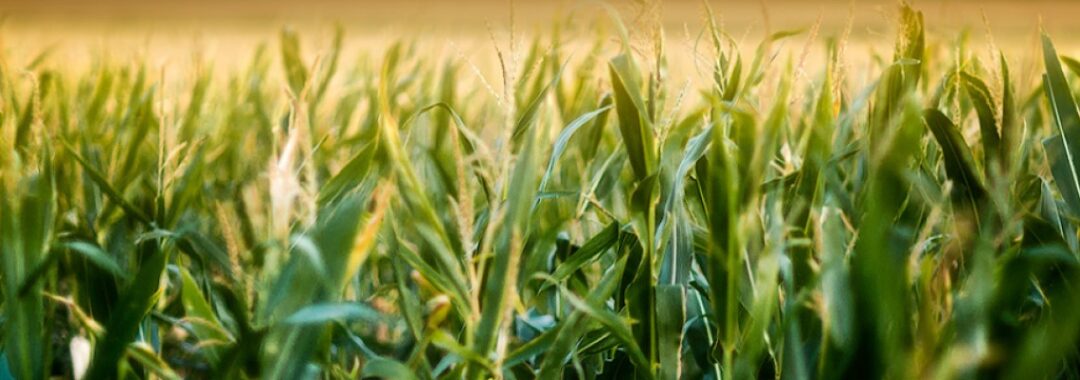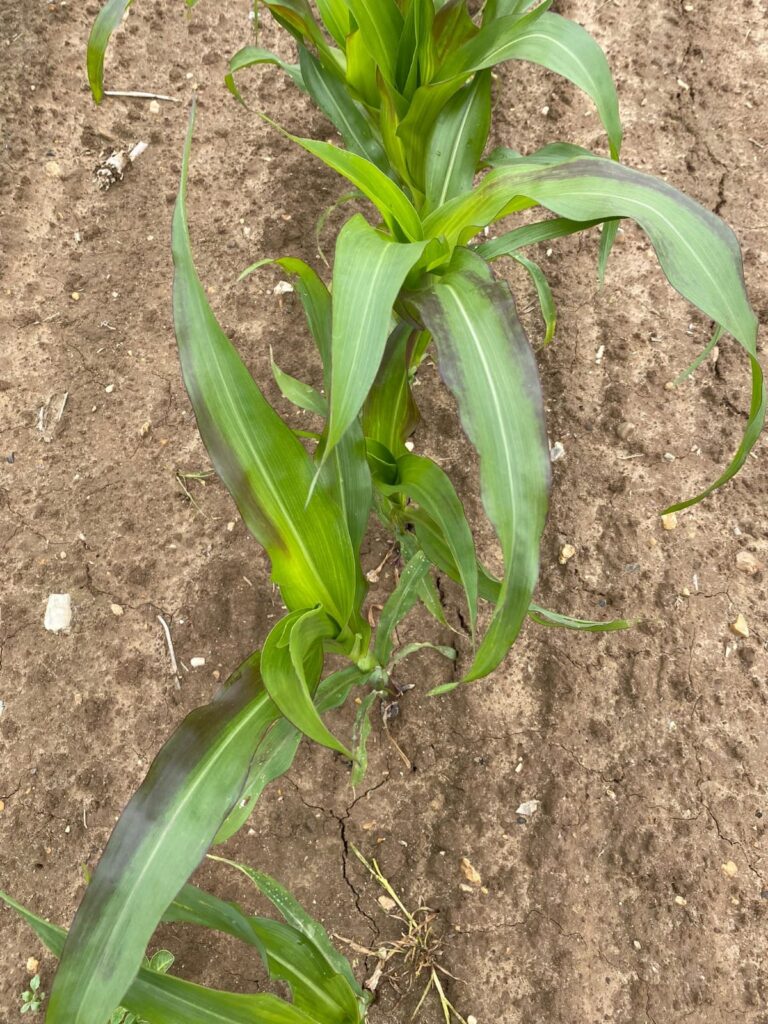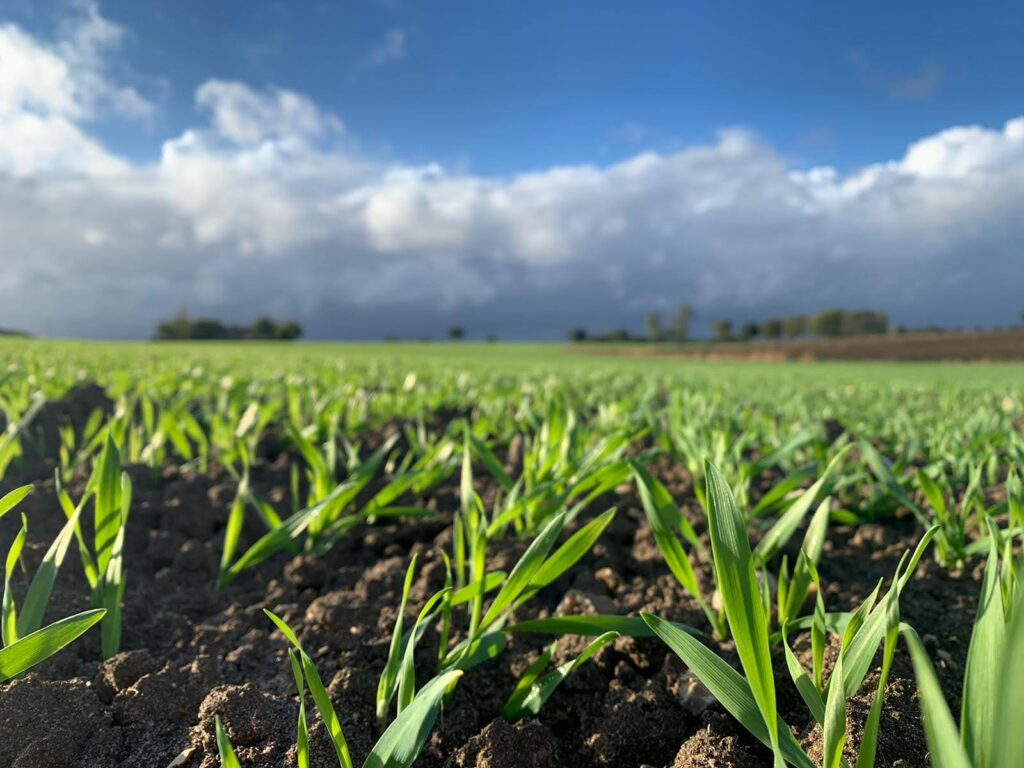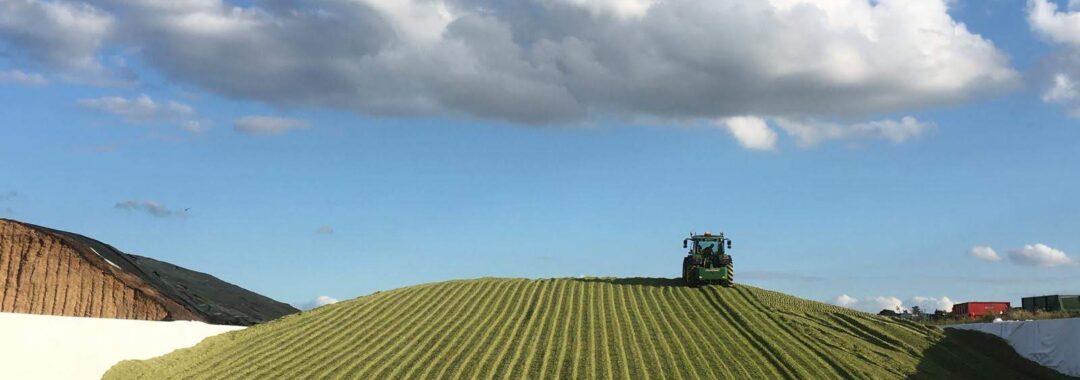FROST DAMAGE and what to do next

THE RECENT COLD SNAP BROUGHT FROST TO SOME MAIZE FIELDS. IF YOU’VE NOT SEEN IT BEFORE OR ARE WORRIED WHAT IT MEANS FOR YOU – HERE’S A SHORT NOTE TO HELP UNDERSTAND.
What is frost damage?
Frost damage occurs when temperatures drop below freezing, causing ice crystals to form within plant cells. This can lead to cell death and tissue damage, particularly in sensitive parts like leaves.
Why is frost damage a concern for biogas plants?
When frost damages maize plants, it can negatively affect the biogas yield and quality:
Reduced Sugar Content: Frost can scorch leaves, leading to a loss of valuable sugars. Sugars are essential for the fermentation process that produces biogas.
Increased Clamp Spoilage: Damaged plants are more susceptible to spoilage due to increased microbial activity. They can also be harder to compact and ensile. This can reduce the overall quality of the feedstock and as a result the quantity of biogas they will yield.
Minimising the impact of frost damage
In the event you get a snap frost and the crop takes on the look of that in the photo herein, it’s not all doom and gloom:
- Inspect: check to see if leaves have been damaged to the cob. If there are still green stems and leaves, the plant will continue to produce starches and can be left to mature. Go beyond the field edges – as early frosts are often light, plants several rows in are sometimes insulated and ok.
- Timely Harvest: Harvest within 48 hours of a frost event. This will save some of the sugars and can help minimise further damage and preserve the crop’s nutritional value.
- Proper Preservation: Chopping the crop short (aids compaction) and using additives can help prevent spoilage and maintain the nutritional value of the maize in the clamp.
Asking an expert like FORAGER FEEDS (with qualified agronomists working exclusively with crops into biogas plants) can provide valuable guidance if you need help deciding whether to harvest your frost-damaged maize or how to handle it properly. FORAGER can help assess the situation and recommend the best action for your specific circumstances.
IF YOU COULD DO WITH ADVICE ON CROP QUALITY, GROWTH STAGE, HARVEST or CLAMPING – WE CAN HELP
CONTACT US FOR A CONVERSATION








